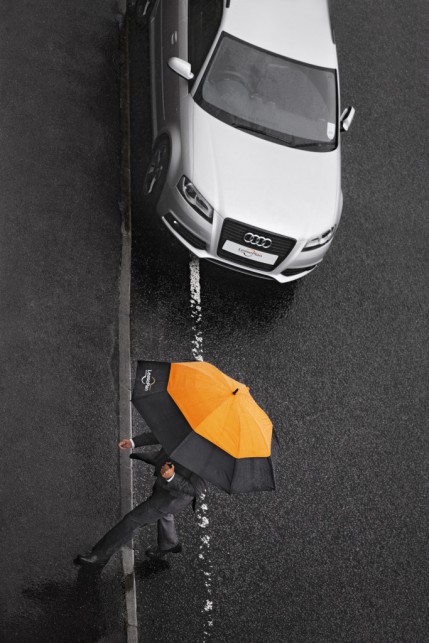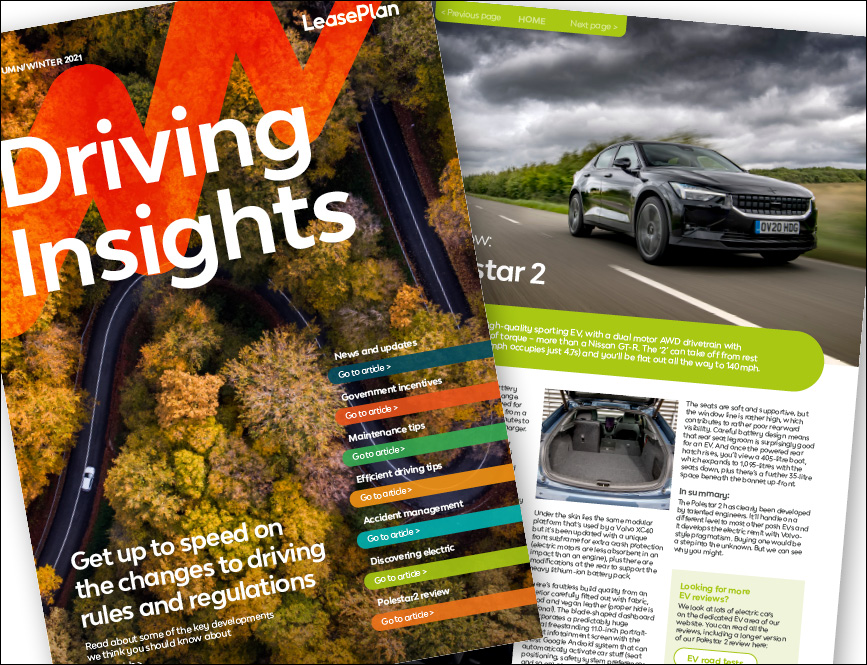The wettest winter on record. That much is uncontested. But the variety and force of the weather this winter has presented us with has been beyond anything we’ve experienced in living memory. Still, at least we’re not quite as unprepared as the citizens of Los Angeles, who recently had to be advised on advanced techniques for dealing with rain, such as slowing down, leaving a decent gap between vehicles, paying a modicum of attention and – though the article doesn’t say as much – finding out what windscreen wipers are.
According to research by incident management experts FMG, weather- and flood-related claims for fleet vehicles over the winter period have increased by a staggering 250% compared with last year. With an approximate cost of £4,500 per incident, the floods have caused an estimated £2.5m worth of damage to fleets.
Organisations up and down the country will undoubtedly suffer from these unexpected costs, especially since many fleets only have third-party, fire and theft cover in place, which makes the financial implications even more worrying. Many businesses will struggle to recover their losses, but whilst you can’t predict the weather, there are services in place to support fleets struggling in these extreme conditions. Accident Management services are designed to minimise the negative impact on a business by offering 24/7 driver support, helping customers navigate through what can be a very complicated and expensive process.
And with these weather extremes seemingly becoming more prevalent, driving through flood water or heavy rain might very well become a regular feature in the daily commute for many drivers – so here’s our practical advice on driving in flood water.
1. PLAN YOUR JOURNEY Motorways are more likely to be congested as traffic moves off flooded A roads. Allow extra time and take a mobile phone, a flask with something to drink and Wellington boots, in case the unexpected happens.
2. VISION Make sure your windscreen wipers aren’t worn or damaged – and are working properly.
3. SEE & BE SEEN Make sure your lights are working properly and switched on during heavy rain.
4. STOPPING DISTANCE Double the distance between you and the car in front – your stopping distance in wet weather is longer. Remember to test brakes gently after entering water to clear out excess.
5. SLOW DOWN Don’t drive fast through standing water – aqua-planing is a real risk. Remember too that the road may have pot holes that, if flooded, you’d be unable to avoid – potentially causing more damage.
6. DEPTH & SPEED If you can’t see the road or kerb, you don’t know how deep the water is. Drive slowly, at 1-2 mph, through deeper water, remain in the centre of the road (the highest point) using a low gear, and keep your revs high to prevent water entering your exhaust. If it’s deeper than 10cm get out.
7. RECOVERY If you break down in floodwater, get out of the car. Switch on the hazard-warning lights, don’t leave the bonnet open (in heavy rain, this may only add to the engine damage) and call for breakdown assistance.




